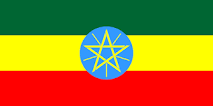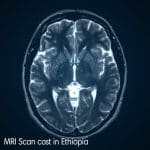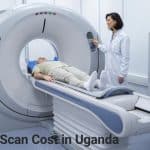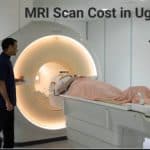What is a PET CT Scan?
A PET-CT scan, or Positron Emission Tomography-Computed Tomography, is a medical imaging technique that combines two powerful imaging technologies to provide detailed information about the structure and function of tissues and organs in the body.
- PET (Positron Emission Tomography): This part of the scan involves the use of a small amount of radioactive material, typically a type of sugar labeled with a radioactive tracer. This material is injected into the body, and as it undergoes metabolic processes, it emits positrons (positively charged particles). PET scans detect these positrons, creating images that highlight areas of increased metabolic activity.
- CT (Computed Tomography): The CT scan involves taking X-ray images from multiple angles around the body. These images are then processed by a computer to create cross-sectional pictures, providing detailed anatomical information.
By combining PET and CT scans, a PET-CT scan offers a comprehensive view that shows both the metabolic activity (as highlighted by the PET scan) and the detailed anatomical structure (as shown by the CT scan). This integration of functional and structural information is valuable in various medical applications, including cancer diagnosis and staging, detection of abnormalities in the brain, and evaluation of cardiac conditions.
PET-CT scans are commonly used in oncology, neurology, and cardiology, providing a more complete and accurate understanding of the location and nature of abnormalities within.
















